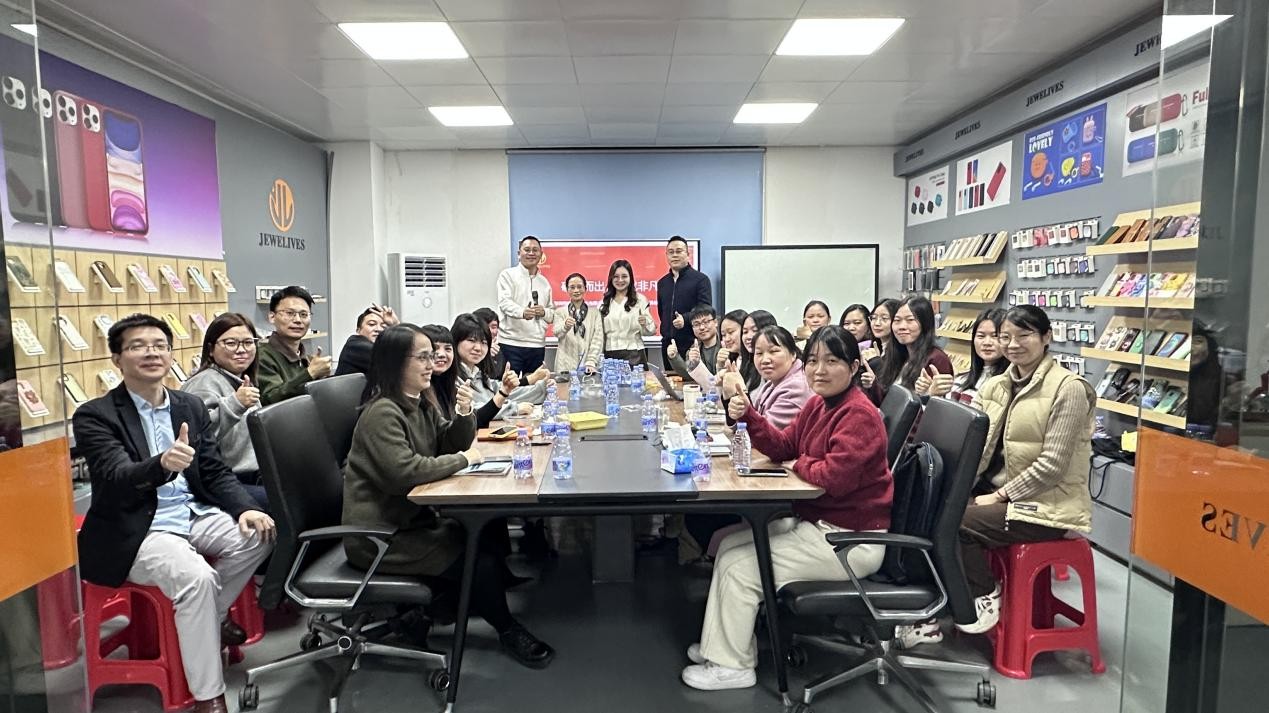Содержание
The Silicone Case Boom: Why Consumers Are Trading Plastic for Flexibility
The global cell phone cases market is projected to hit $14.3B by 2030, with silicone dominating 42% of premium sales. Unlike rigid plastic, silicone’s shock-absorbing, non-slip texture and 78% recyclability rate (per the EU’s Circular Economy Report) make it the material of choice for eco-conscious Gen Z and millennials.
Case Study:
- Pela Case’s flax straw-based silicone reduced carbon footprint by 34% vs. traditional TPU.
- CASETiFY’s 2024 “Artist Series” sold out in 72 hours, proving demand for unique designs.
Style & Function: The 5 Silicone Trends Reshaping Retail
Transparent Cases with a Twist
Consumers want protection without hiding their phone’s design. Leading brands now offer:
- Anti-Yellowing Coatings: Lifetime warranties on clarity (e.g., Spigen’s Liquid Air Series).
- Integrated Lenses: Transparent cases with UV-resistant camera guards.
User Query Insight:
Google Trends shows a 120% increase in searches for “clear iPhone case that doesn’t yellow” (Jan 2025).
Matte Cases: The New Minimalist Status Symbol
Matte finishes aren’t just about aesthetics—they reduce screen glare by 60% and improve grip by 45% (per MIT Ergonomics Lab).
Innovation Spotlight:
- Moment Cases embeds matte silicone with antimicrobial copper ions for healthcare workers.
- Wildflower Cases uses matte silicone for its “Collage Series” with 3D-printed floral textures.
3D-Printed Cases: From Flat to Fantasy
3D printing enables raised textures (e.g., mountain ridges, constellations) and custom depth mapping for personalized designs.
Data Point:
Custom 3D-printed silicone case sales grew 210% YoY in 2024 (Shopify Retail Report).
Multi-Functional Cases: Built for Life
- Gamers: Razer ArmorTech cases with heat vents and RGB lighting.
- Parents: OtterBox Defender Серия with food-grade silicone and integrated kickstands.
- Outdoor Enthusiasts: LifeProof’s IP68-rated silicone cases with carabiner loops.
![]()
![]()
The Sustainability Imperative: How to Win Eco-Shoppers
76% of consumers say sustainability is a “dealbreaker” in phone case purchases (Statista, 2025). Here’s how to lead:
Material Innovation
- Biodegradable Silicone: Pela’s flax straw-based cases decompose in 18 months vs. 500+ years for plastic.
- Recycled Content: Incipio’s Organicore line uses 100% recycled silicone from discarded masks.
Packaging & Logistics
- Zero-Waste Packaging: CASETiFY’s reusable bamboo boxes.
- Carbon-Neutral Shipping: Moment offsets 100% of delivery emissions.
Customization: The $2.4B Niche Market
72% of millennials prefer customizable products (McKinsey, 2025). Here’s how to monetize it:
On-Demand Manufacturing
- AI Design Tools: Let customers preview logos, names, or artworks in 3D.
- Rapid Turnaround: 48-hour production for custom cases (e.g., Printful’s silicone case integration).
DIY Kits: Engage Your Community
- Cricut Joy Silicone Case Kit: Includes stencils, paints, and UV-curing pens for $39.99.
- TikTok Trend: “Silicone Case Makeover” videos average 2.3M views
iPhone 16 Series: The $6B Battleground
iPhone owners spend 34% more on cases than Android users (Counterpoint, 2025). Key features to highlight:
5.1 Camera-First Designs
- Raised Lens Bezels: Protects iPhone 16’s 48MP ultra-wide camera.
- MagSafe 2.0: Stronger magnets for seamless wireless charging.
5.2 Color Matching
- Ceramic White: Pair with matte silicone cases in “Frost” or “Pearl”.
- Desert Tan: Opt for earthy terracotta or olive green silicone.
The Future: What’s Next for Silicone Cases?
Self-Healing Silicone
- LG Chem’s prototype repairs scratches in 24 hours at room temperature.
- Potential: Reduce returns by 25% for premium brands.
Smart Silicone
- Embedded Sensors: Track phone drops and notify users via app.
- Wireless Charging Indicators: LED rings that pulse when charging.
Conclusion: Your 2025 Action Plan
To dominate the silicone phone case market:
- Prioritize sustainability: Launch biodegradable lines and carbon-neutral shipping.
- Target niches: Gamers, parents, and outdoor enthusiasts with specialized designs.
- Leverage AI/3D printing: Offer customization at scale with rapid turnaround.


